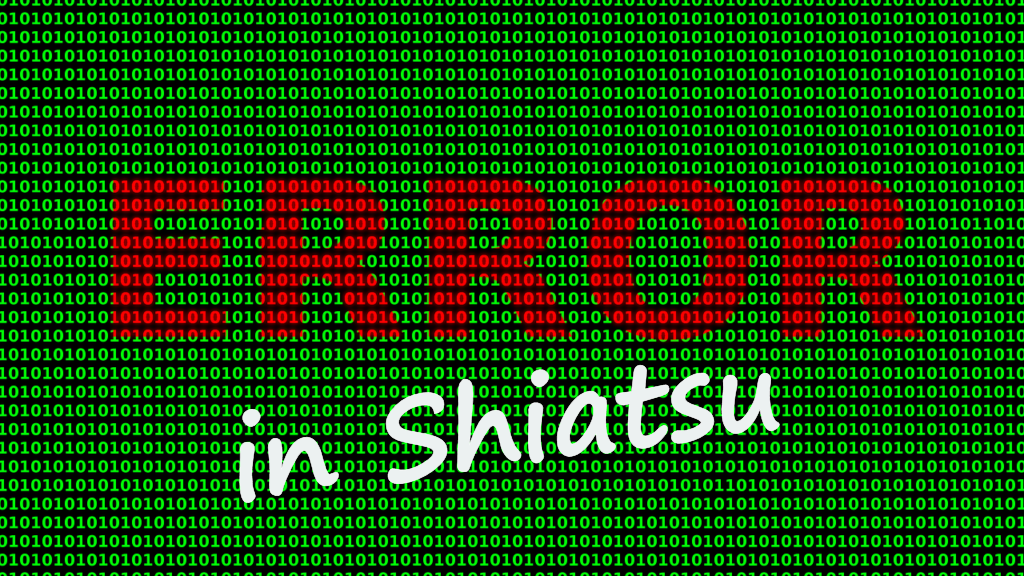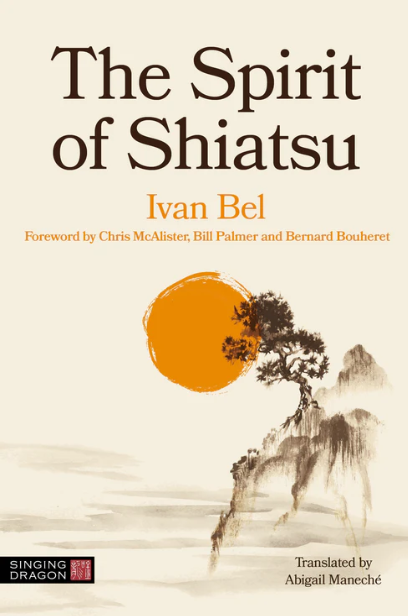Is it allowed to talk about mistakes in Shiatsu? Yes. Absolutely. Because the first mistake is already the assumption that there are no mistakes in the world of Shiatsu. Or may exist. But who is able to define them? On what basis? And from which perspective? In this article, Mike Mandl wants to create a debate in the Shiatsu community in order for practitioners to ask questions about Shiatsu. A plea for a constructive discourse…
An error can be defined as the deviation of a state, a process or a result from a defined standard or defined rules or a defined goal. Therefore, in order to speak of errors, reference points are needed. In order to be able to speak of errors in Shiatsu, these reference points would be needed in Shiatsu. However, there are very few of them. Why? In the West we mainly refer to the Shiatsu system of Shizuto Masunaga. Masunaga’s untimely death, however, left a very open system, incomplete in many parts. In addition, there are only a few direct lineage representatives who have authentically preserved the core of the method. These circumstances were and are the breeding ground for an increased personal interpretation of Shiatsu, for the emergence of many sub-forms and own styles, a process that is very much in line with our western mentality with its tendency towards individualism and freedom in all areas of life. We give more importance to this individual approach to Shiatsu than to the search for – or the definition of – common reference points that could be seen as the basis of Shiatsu. In my opinion, the second mistake.
Because without clear reference points, sooner or later a system cannot be defined. Without reference points, it is also impossible to understand to what extent someone has really understood, internalized or even mastered integral components of a system. Without reference points, it is difficult to have a professional exchange with regard to treatment strategies and access to complaint patterns. In general: without reference points it is only possible to vaguely describe what Shiatsu actually is, what it can do, what it wants and where it can best position itself in the market. Even now it is sometimes difficult to compare some Shiatsu approaches with each other or to find any common ground in them, because they are based on completely different ways of looking at things. We can consider this as evolution. Or as an aberration, because a tree without strong roots and a solid trunk will eventually run out of strength. Not to mention a true flowering….
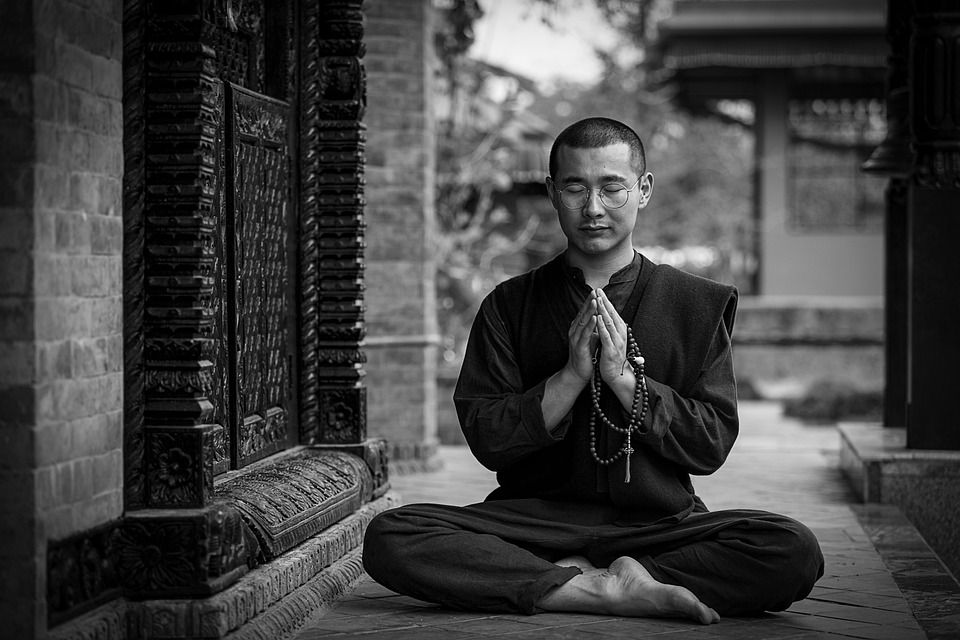
Many Asian methods have already gone through this process and have lost much of their original power. Qi Gong, for example. Or Tai Chi. Originally a comprehensive system for the cultivation of one’s own personality up to the “Zhen Ren”, the true human being rooted in freedom and the emptiness of the Tao. Meanwhile, however, often no more than pleasant breathing and movement exercises that serve to relax and reduce stress. Or yoga. A global fitness trend that fits into the concept of lifestyle gazettes and has even spawned such scurrilities as beer yoga, bicycle yoga, nude yoga or death metal yoga. The aspect of harnessing the soul to the body in order to connect with a higher consciousness is difficult to recognize in it anymore. And Shiatsu? Shiatsu goes partly in the direction of a mindful feel-good touch with process orientation. Of course: modern man also needs this in tense times. A little wellness for the soul. Why not? Therefore: Is that good? Is it bad? You can’t say that, because it depends on what you want to see in Shiatsu and how you want to interpret Shiatsu.
This is exactly what we should talk about and discuss more. Because if the openness of the Shiatsu system offers numerous possibilities for connection, why not look for them where the system was born? Why not interpret Shiatsu as a system of comprehensive healing art with roots in oriental medicine and philosophy? From this perspective, many modern aspects of Shiatsu can be questioned. For there are many interpretations of Shiatsu which, in my opinion, now deviate more from traditional basic principles and, seen from this perspective, can be interpreted as mistakes.
The premature teaching
One of the main motivations to teach Shiatsu is to share one’s own enthusiasm for this system with others. To let the spark of fascination fly. That is wonderful. But usually happens – measured by a traditional Asian approach – much too early. Certainly, one can question tradition at this point. You can question everything, of course. But one can also try to understand the intentions behind such views and what we can learn from them for Shiatsu. To grow into an energetic based body art it needs two factors. Time and the close contact to an accompanying person, who has an awareness for the corresponding development steps, because he has internalized and mastered them himself in a credible way. So to speak, a competent companion who guarantees not to deviate from the path at an early stage.
Learning the basic principles necessary for a method usually takes three years. For successful integration, another four to six years can be added. This results in a learning time of seven to nine years to even lay the foundation. Around this process there are popular Far Eastern myths that a novice must first sweep the floor of a training hall for seven years before the teachings by the master begin. This is, of course, a metaphor. The floor stands for the basic principles. The sweeping for the daily, steady and consistent polishing of those, for the removal of the contamination by the exaggerated ego that obscures the essence. Only when this process is successfully completed does the transition from the beginner:inside stage to the adept:inside stage follow, and only then do more complex techniques and theories follow, leading to a deeper and more comprehensive understanding of the particular method.
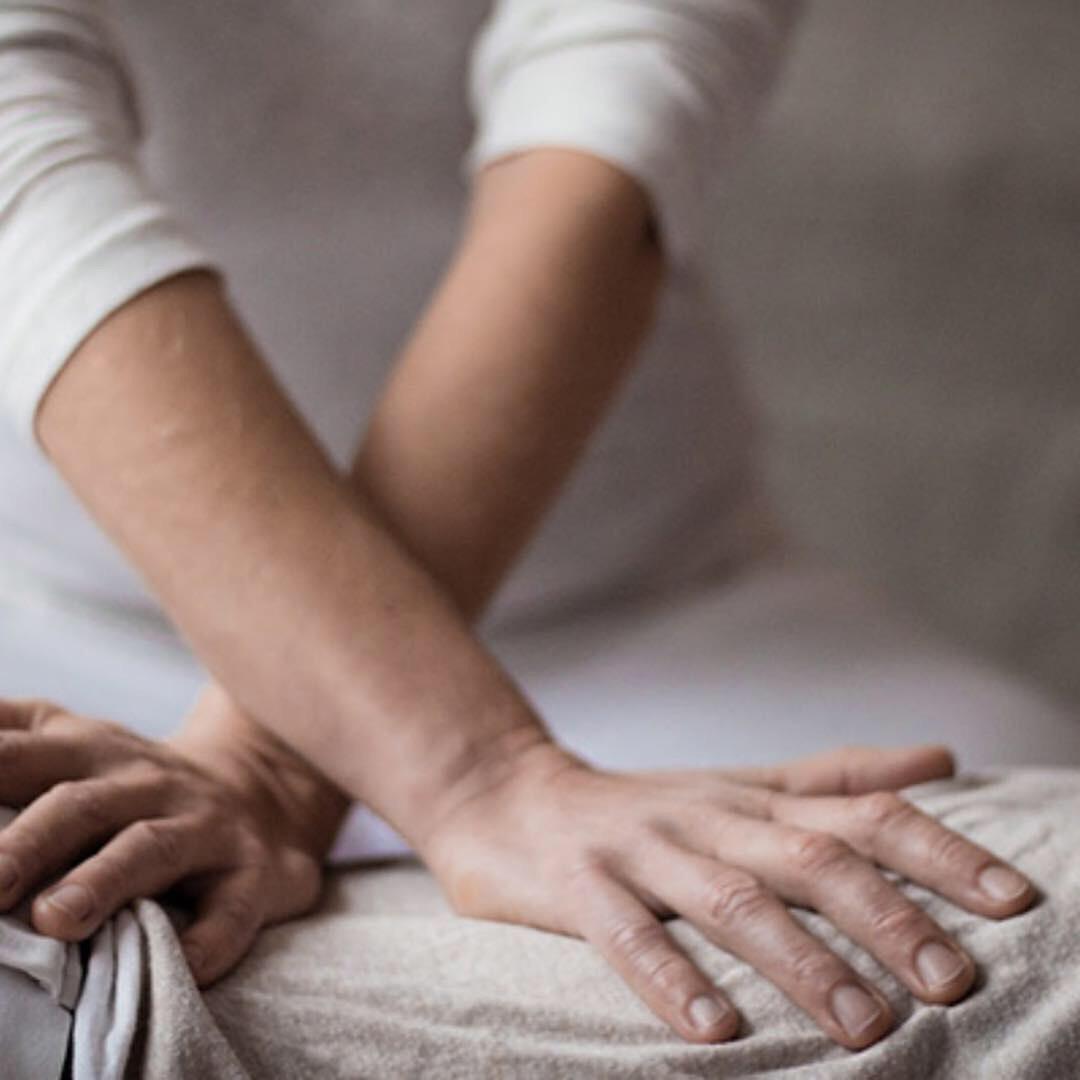
Many Shiatsu practitioners started their own teaching at a very early age, even before they finished elementary school. That was simply the way it was. The teachers came from the East, one completed a course weekend and then one was more or less left alone. A few went on the way to the masters to learn more intensively on site with them, but very few had and have more than a few months of direct contact. Of course, we live in the West. And a master:inside relationship or a path that is connected with a lot of discipline and a lot of effort is quickly a red rag for us, because by devoting ourselves to systems like Shiatsu we want to free ourselves above all from the many cultural millstones that have been imposed on us and into which we interpret a certain narrowness and rigidity, no matter whether it is the head-centered approach to being, the mostly very predictable linearity of the path of life or our rarely conflict-free dealings with authority figures. We look for space and freedom – a form of liberation – in Asian disciplines, but often do not want to take the path that is really necessary for this, or not in its entirety.
Only: If I have just learned the 1×1, but am confronted in practice with root and differential equations, then there is a gap. And the need arises to fill this gap. Shiatsu in the West has done nothing else: tried to fill this gap with what is close at hand, whether fascia work, osteopathy, cranio, shamanism, conversation, psychology, etc.. Other branches were grafted onto the Shiatsu trunk. This is how the mixed forms came into being. A correspondingly longer training path and a more intensive examination of the specific characteristics of Shiatsu or the Asian view of Ki and the human being could have led to these gaps closing themselves, because it takes time to understand and apply a system in its completeness.
Through the grafting of the most diverse branches, however, in no method can the respective basic principles attain their bloom, i.e. make themselves truly recognizable. In relation to Shiatsu we speak of energy, pressure, meridians, but also of elementary building blocks like Yin and Yang. A look at the Shiatsu world confirms this. Most of the further education is about Shiatsu AND method XY. It is mainly written about Shiatsu from the perspective OF approach XY. Rarely is it about broader views on the basic principles or how to deal with professional problems, although it is precisely here that such great opportunities could open up, also with regard to the social positioning of Shiatsu. Because, tell me Shiatsu, how do you actually do that with the Long-CoVid sufferers and the many other spin-offs of current affairs? To be able to exchange ideas about this, we would again need certain cornerstones or basic principles. But…
The incomplete interpretation of basic principles
A general tendency in the Shiatsu world is the rejection of diagnosis and theory. This goes as far as saying that diagnosis is out of place in shiatsu. I have also heard: “If you make a diagnosis, you are not doing Shiatsu”. People like to justify this statement with a quote from Masunaga: “Diagnosis is treatment. Treatment is diagnosis.” However, this quote includes a yin and a yang aspect, and if we are talking about basic principles in shiatsu, shouldn’t we at least recognize yin and yang as one? At this point, of course, one can claim that yin and yang is nothing more than a concept. But one can also claim that man and woman, day and night, health and disease, or living and dying are just concepts. That is true. On an absolute level. But on the absolute level, there is also nothing or nothing left to do. However, on the relative level our mind and body are subject to energetic fluctuations and these are expressed by yin and yang, therefore this way of looking at things is the basis of most Asian, but also many Western energetic systems, where one then speaks not of yin and yang but of the duality or polarity principle.
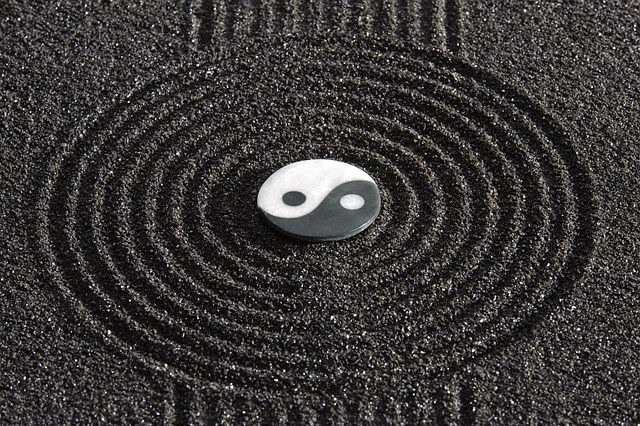
One moves towards the absolute level when one understands to let the polarities of life merge inwardly into a unity. This also means to connect diagnosis and intuition, theory and feeling, the symptom and the whole person, the objective and the subjective more and more instead of separating them from each other. However, we are commonly attracted to the Yin aspect in Shiatsu. To feel, not to think, to experience directly, to listen within etc… Certainly also to create a balance for ourselves to our more Yang oriented world. As the Yang in Shiatsu one can call diagnosis and theory. But if the yin is given priority and the yang is partially rejected or neglected, then we do not proceed differently than classical medicine, which is skeptical of the yin and keeps it outside in its approach. Complete shiatsu involves a balance of both approaches. It should combine maximum knowledge with maximum gut feeling. A clear diagnosis with curious openness. A sharp strategy with room for improvisation. Depending on the situation and the needs of our clients, one or the other aspect is used in the treatment. Or even both. Because the essence of Yin and Yang means above all: both and! And not: either or.
In the last Shiatsu Journal it was written, “that with the Hara diagnosis we should by no means try to grasp the objective, energetic situation of a person. Instead, we experience the person through our touch in the individual diagnosis zones in different aspects of their being.” Why “instead of that”? Why not Yin AND Yang? We can and should objectively grasp the energetic situation as far as possible AND the human being in his being. How far objective is possible can also be discussed. But just because something is subjective, it does not always have to be highly individual. My wife, for example, is very good at feeling a person’s temperature, usually to within half a degree. She has enough training from having children. She can tell immediately if someone has a fever or not, even if her impression is subjective. I would be equally surprised to call a pulse of 150 beats per minute slow and a pulse of 50 beats per minute fast. Sure, the subjective impression does not tell us whether it is 151 or 149 beats, but quickly it can classify very clearly with an appropriate calibration of the inner database. And the more precisely this inner database is calibrated through thousands of treatments and case studies, the more clearly energetic tendencies can be located and classified.
So in Shiatsu it is very well possible for us to grasp the symptom AND the person and the question is rather: why shouldn’t we actually do this? What speaks against it? The either-or! If I consciously emphasize one or the other in my style, then this is a personal preference, which expresses nothing else than that one is even more rooted in polarity than one would like to admit and cannot look at the unity of opposites from a bird’s eye view. It is an incomplete interpretation of basic principles. However, Masunaga clearly expressed both aspects in his quote, “Diagnosis is treatment. Treatment is diagnosis.” Yang and yin. Yin and yang.
In addition, if we separate the symptom from the person, we leave out another basic principle of Asian and also energetic thinking: The macrocosm is reflected in the microcosm and the microcosm is reflected in the macrocosm. I can see the whole human being in a symptom. And I can see in the whole human being his symptoms. I can treat the entire human being through the symptom. And I can treat his symptoms through the whole human being. Therefore, it seems a bit strange to draw a dividing line between the body and the subtle, especially a Shiatsu, and even to call the subtle “greater”, as I read recently in a broadcast. This is because the subtle manifests in the body and the body manifests the subtle. Here we run the risk of disregarding the need to cultivate the physical body as a mirror for the energetic body. We are in danger of classifying the body as less and less important.
This is also something that can be increasingly observed. Back to the seven years of being a novice and the polishing of the ground: This metaphor also refers to the fact that we should polish – that is, physically transform – the ground – our body – for at least seven years, so that the appropriate conditions for the real unfolding of Ki are created in the first place. Isn’t it also with our clients often about the small homework like healthy nutrition and a little bit more movement to improve the Ki adhoc? But whether it’s symptoms or people, body or ki, again, both is the only truly holistic approach. Anything else is a half-assed approach. The yin and yang symbol shows that there is yin in yang and yang in yin.
Conclusion
The individualization process of Shiatsu and the perspectives and statements that go along with it indicate that we often cannot even refer to Yin and Yang as a common principle of our work anymore. But if we don’t even see yin and yang as a basis anymore, what then? The meeting from the heart? Yes. That is the most important thing. But not for the Shiatsu method, but in general for the encounter of two people in any kind of setting. But a method needs strong roots and a strong trunk to blossom. What roots do we want to give to Shiatsu? What trunk?
In this regard, I would very much like to stimulate an open discourse. Other points that I think wanted to be clearly considered and discussed:
- Ki
- The meridian system
- The pressure in Shiatsu
- The stages of development of Shiatsu
If you are interested in writing about those topics, please contact us by email at: ryohoshiatsu[a]gmail.com
(to be continued)
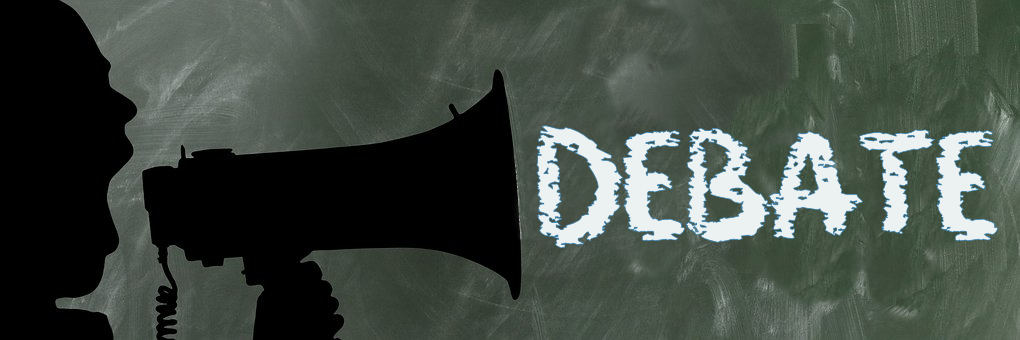
Author
- Touching trauma, understanding trauma – part.2 - 29 August 2023
- Touching trauma, understanding trauma – part.1 - 24 August 2023
- Common errors in Shiatsu - 23 January 2023
